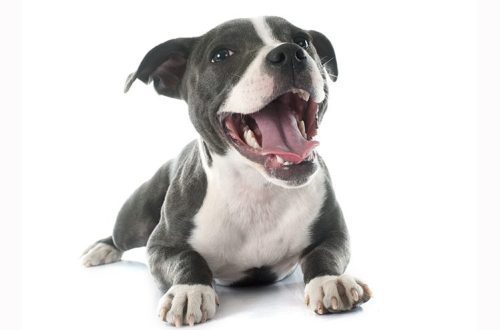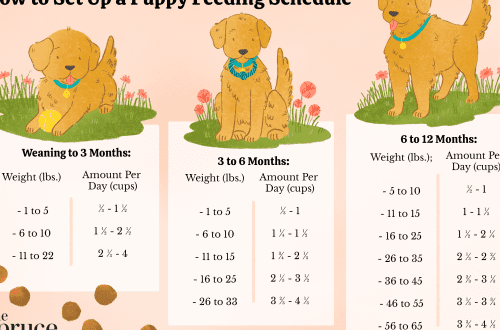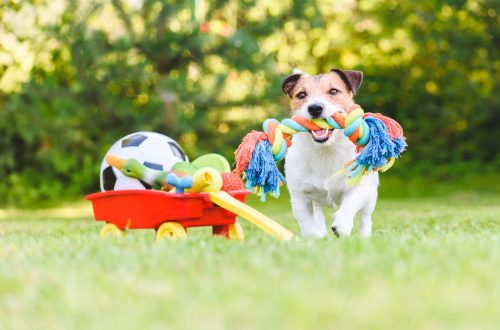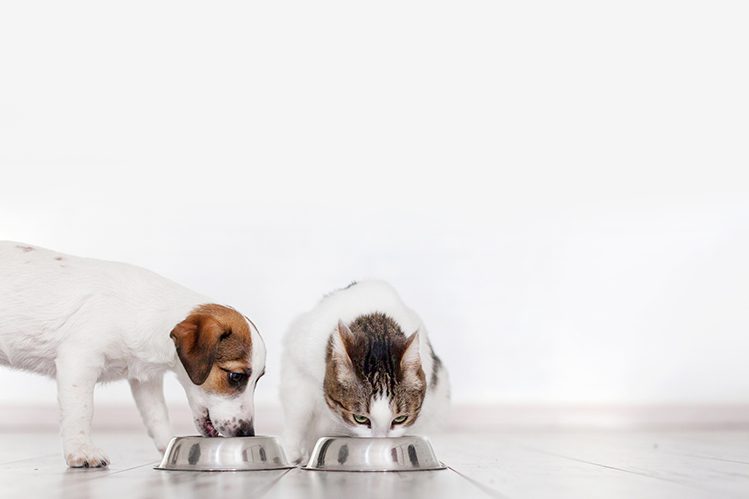
Seven facts about fiber in pet food
All cat and dog owners have heard of the benefits of fiber. But what is this ingredient, what is it made of, what is the norm of fiber in cat and dog food, and why is fiber added to the diet of pets at all? We have collected seven interesting facts for you that will help you understand these issues.
- Fiber is soluble and insoluble
Fiber is dietary fiber that is either soluble or insoluble. The first dissolve in the aquatic environment, decompose into a gel-like substance when they pass through the large intestine. The latter pass through the gastrointestinal tract and are excreted from the body almost in its original form. Insoluble fibers provide no calories to the body because they are not absorbed by it.
- Fiber comes from plant foods
Fiber is a complex carbohydrate that does not increase blood sugar levels. When we talk about fiber, we mean those parts of plant foods that the body cannot digest or absorb. The component of interest to us is found in legumes and fruits, whole grains and vegetables. For dogs and cats, the fiber content in feed is not a vital component, but in small quantities it improves the functioning of the digestive tract.

- The fiber content in feed is not higher than 6%
The norm of fiber in food for cats and dogs is 4-6% (up to 12%). Look carefully at the composition. Fiber should be in the middle of the ingredient list, not before. If fiber is among the first five or six components of the product, it means that there is too much of it in the feed, it acts as a ballast, which increases the volume of feed, but does not provide the pet with the necessary nutrients.
- Fiber is convenient in feed production
Fiber plays an important role in feed production. It has good binding properties that help combine fat-containing components and water in the diet. It is also a filler that increases the volume of feed. there is indeed a tangible benefit from the fiber content in the feed, let’s talk about this in more detail.
- Help with excess weight and malfunctions of the digestive tract
Fiber in a small amount improves intestinal motility, helps the formation of stool, and regular excretion from the body. The use of fiber by a pet will help improve the functioning of the digestive tract as a whole, prevents constipation and diarrhea.
Insoluble fiber slows down the rate of absorption of nutrients, but these fibers absorb water, expand in the stomach, and make you feel full. Ideal for pets who need to lose weight. Excess fiber is harmful to healthy dogs and cats, as it will not only prevent the absorption of nutrients, but also remove some of the fat-soluble vitamins and trace elements from the body.
- An important source of fiber
Let’s talk about the definition of fiber in feed. In the composition of the food packaging, fiber can be designated in different ways, we advise you to pay attention to which formulation the manufacturer has chosen. Fiber or vegetable fiber is a very suspicious name, because in this case you do not know what vegetables or fruits the ingredient is derived from. This is a cat in a bag.
Responsible manufacturers indicate the source of fiber on the packaging. Cellulose is the refined and ground part of the pulp of fibrous plants. Lignocellulose is a mixture of substances that make up the walls of plants, that is, lignin, hemicellulose and cellulose.
Vegetable pomace and fruit pomace are obtained from vegetables and fruits, often a by-product of the production of juice, jam and other food products. Fruit pomace is made from melons, plums, and vegetable pomace is made from carrots, beets, and lettuce.
Wheat fiber is made from powdered wheat ears and is gluten-free. Sugar cane fibers remain after the stems have been processed to produce sugar. Oat fiber is the ground hard outer shell of oats. The fiber of peas, lentils, and beans is made from the empty pods of these plants. Potato fiber is a product of potato processing. Hypoallergenic, part of therapeutic diets for pets.
Any clearly labeled source of fiber can be said to improve digestion in reasonable amounts, but in excessive amounts they are ballast and give a false feeling of satiety.
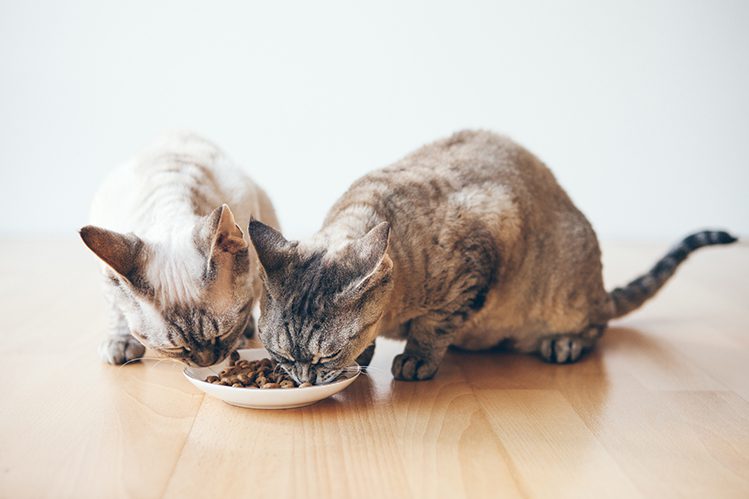
- The presence of fiber is not synonymous with quality
In itself, the presence of fiber among the ingredients does not indicate the high quality of the diet. In the composition of quality pet food, meat or fish should be in the first place. Also pay attention to the presence of probiotics and prebiotics in the feed. For example, lignocellulose, beet pulp and yeast in the diet together will give the beneficial effect that the owner of a dog or cat expects with a careful choice of food.
Now you know exactly how not to get lost among the various designations of fiber in the feed and choose the right diet for your pet. The fiber content in dog and cat food is a plus, but it’s important to keep it in moderation. We wish health to your pets!



